
Medical 3D printing is rapidly transforming the healthcare landscape, offering innovative solutions to complex challenges. From personalized prosthetics and surgical models to bioprinted tissues and drug delivery systems, the applications of this technology are vast and continue to expand. This is opening new frontiers and holds the potential to dramatically improve patient outcomes and revolutionize medical practices.
Medical 3D Printing: A Boon to the Health Care Industry

The ability to create patient-specific anatomical models is one of the most significant advantages of medical 3D printing. Surgeons can use these models to plan complex procedures, visualize intricate structures, and practice delicate maneuvers before entering the operating room. This reduces surgical time, minimizes the risk of complications, and enhances the precision of the surgery. 3D printed surgical guides can also be used to ensure accurate placement of implants and instruments, further improving surgical outcomes.
Beyond surgical planning, medical 3D printing is also being used to create customized prosthetics and implants. Traditional prosthetic devices are often generic and may not fit the patient perfectly, leading to discomfort and functional limitations. With 3D printing, prosthetics can be designed and manufactured to precisely match the patient’s anatomy, providing a more comfortable and functional fit. Similarly, 3D printed implants can be customized to promote bone growth and integration, leading to better long-term outcomes.
The potential of bioprinting, which involves using 3D printing technology to create living tissues and organs, is particularly exciting. While still in its early stages of development, bioprinting holds the promise of creating functional organs for transplantation, eliminating the need for organ donors and revolutionizing the treatment of organ failure. Researchers are currently working on bioprinting various tissues, including skin, bone, cartilage, and blood vessels. The long-term goal is to bioprint complex organs such as the heart, liver, and kidneys.
3D printing in healthcare. The potential and the pitfalls.

Despite the numerous benefits, there are also challenges associated with medical 3D printing. The cost of equipment and materials can be prohibitive, limiting access to this technology in some healthcare settings. Furthermore, the regulatory landscape for medical 3D printing is still evolving, and there is a need for clear guidelines and standards to ensure the safety and efficacy of 3D printed medical devices. Material biocompatibility is also a paramount concern and extensive testing and validation are crucial for use in any human application.
Another important consideration is the need for skilled personnel to operate and maintain 3D printing equipment. Healthcare professionals must be trained in the design, manufacturing, and post-processing of 3D printed medical devices. Collaboration between engineers, clinicians, and regulatory experts is essential to ensure the successful implementation of medical 3D printing technology.
Looking ahead, medical 3D printing is poised to play an increasingly important role in healthcare. As the technology continues to advance and costs decrease, it is likely to become more widely adopted. From personalized medicine to regenerative therapies, medical 3D printing has the potential to transform the way we diagnose, treat, and prevent disease. This transformative potential necessitates ongoing research, development, and collaboration to fully realize its benefits and overcome its challenges.
If you are looking for Is 3D Printing in Healthcare the Start of a Medical Revolution you’ve came to the right place. We have 10 Images about Is 3D Printing in Healthcare the Start of a Medical Revolution like 3D Printing in Health Care – Magnon3D, Medical 3D Printing: A Boon to the Health Care Industry :: PBMC Health and also 3D Printing and Nursing Care – HCI College. Read more:
Is 3D Printing In Healthcare The Start Of A Medical Revolution

healthtechmagazine.net
printing 3d medical healthtech manufacturing igem prosthetics newsletter healthcare healthtechmagazine munich lmu tum
Medical 3D Printing: A Boon To The Health Care Industry :: PBMC Health

www.pbmchealth.org
3d printing medical health industry care boon
Medical 3D Printing | 3DPrint.com

3dprint.com
3d printing virtual reality surgical medical bringing planning together 3dprint hologram dental few questions true
3 Ways 3D Printing Is Revolutionizing Health Care | AHA
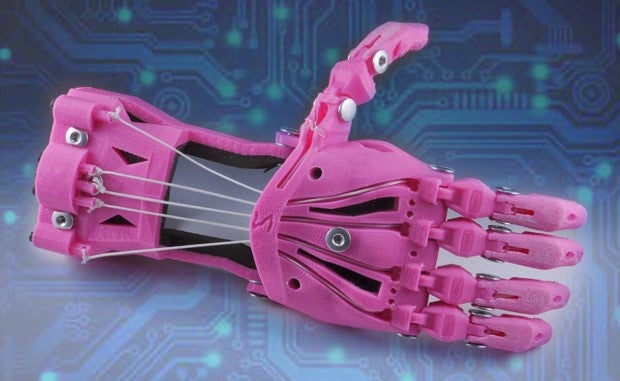
www.aha.org
3D Printing And Nursing Care – HCI College
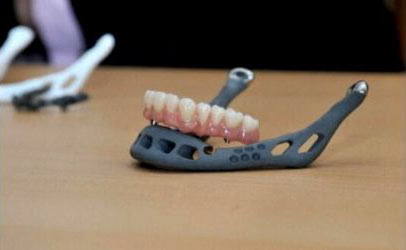
www.hci.edu
3d printing nursing care hci medical
HEALTHCARE– Ultimate 3D Printing Store

ultimate3dprintingstore.com
healthcare 3d printing applications
3D Printing In Health Care – Magnon3D

www.magnon3d.com
3D Printing In Healthcare. The Potential And The Pitfalls. | By

medium.com
Trendspotter 2019: Hospitals 3D Printing At The Point Of Care

www.materialise.com
McMaster HealthTech – Innovation At The Intersection Of Technology And
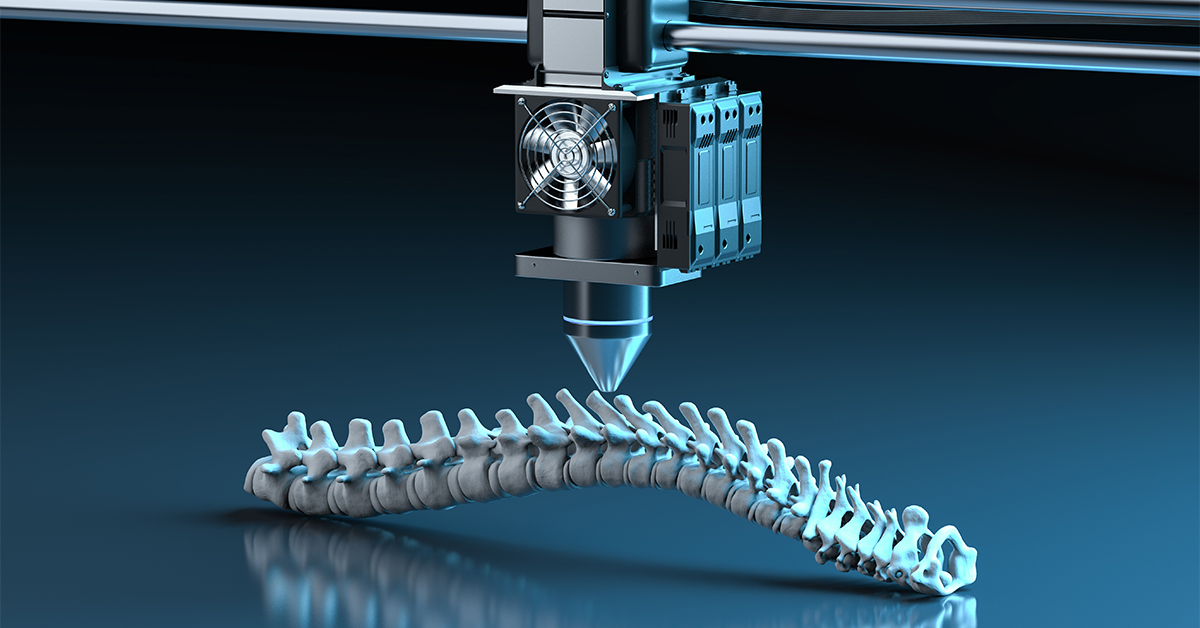
machealthtech.ca
Healthcare– ultimate 3d printing store. Medical 3d printing. 3d printing in health care – magnon3d

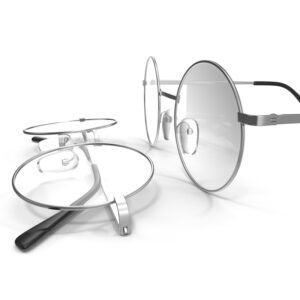


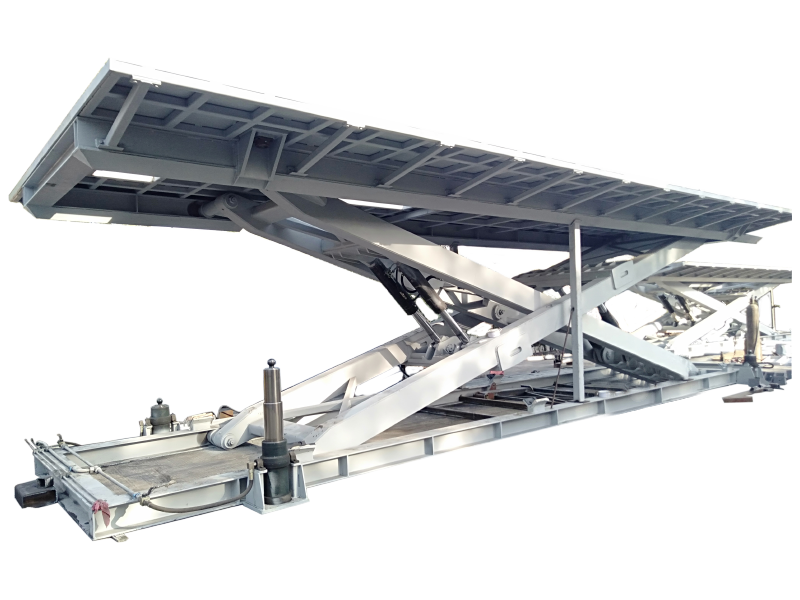


:max_bytes(150000):strip_icc()/008_how-to-factory-reset-a-lenovo-laptop-5115817-a67348722ce94f9783881ea29e596310.jpg)